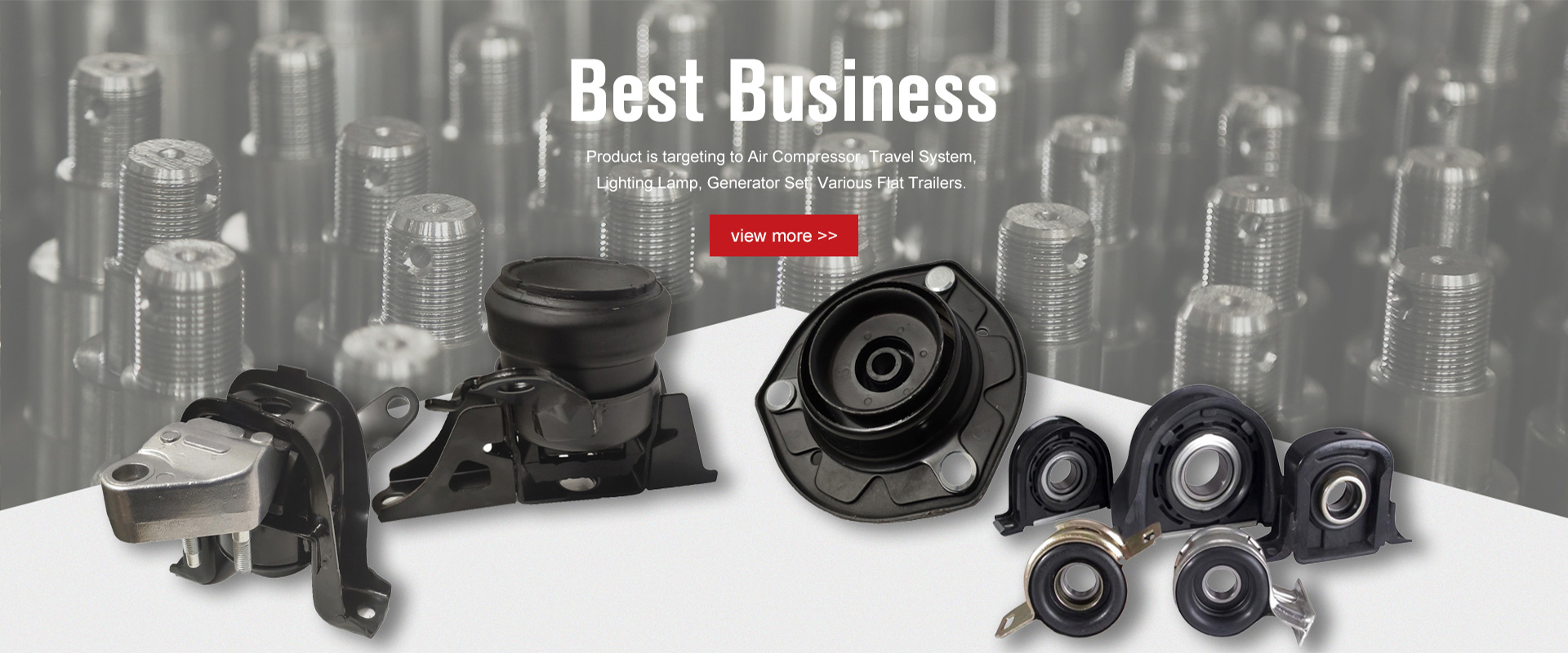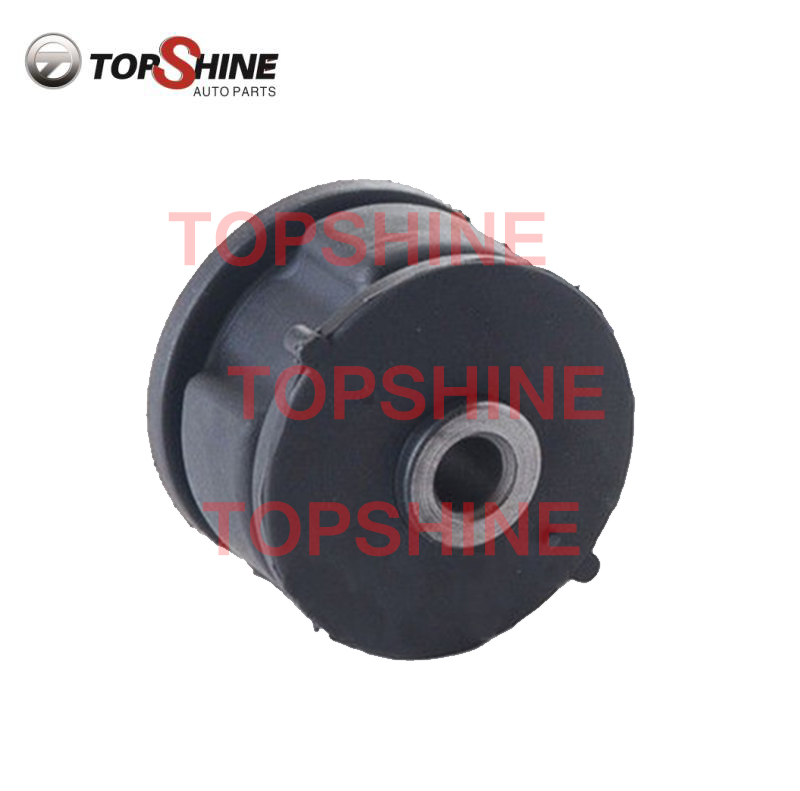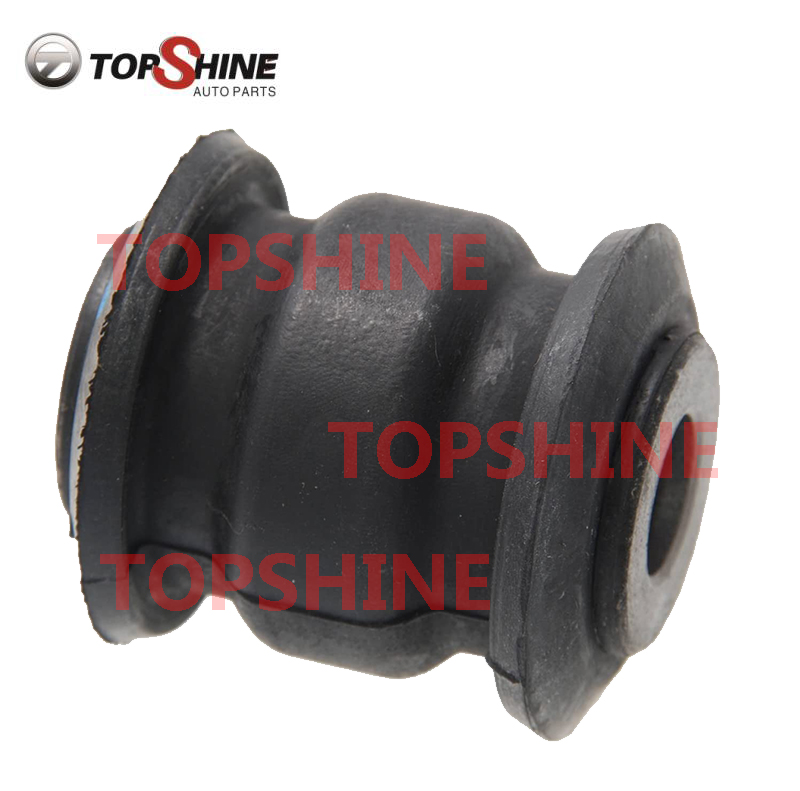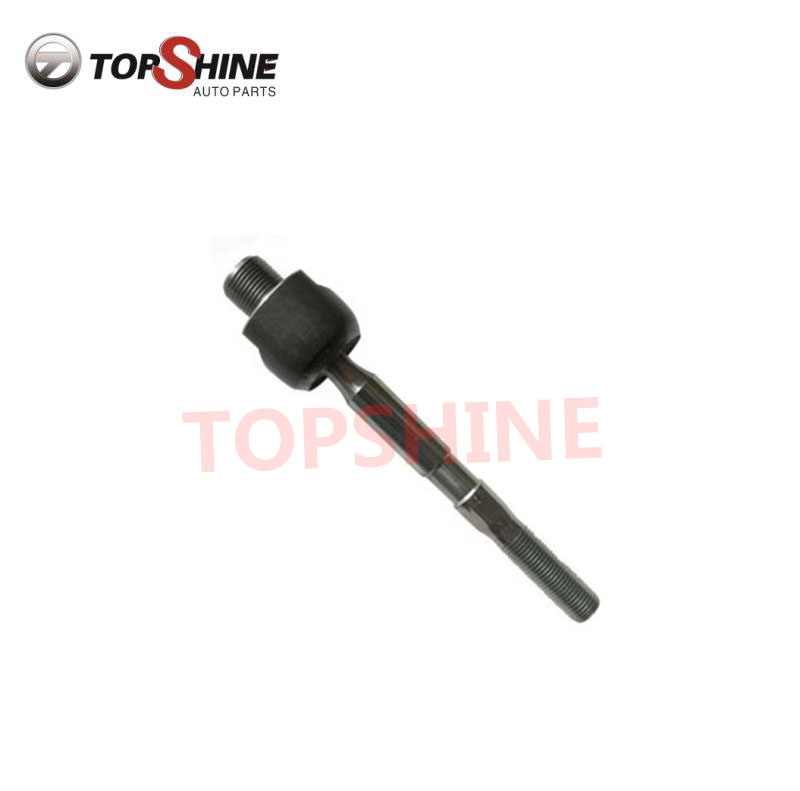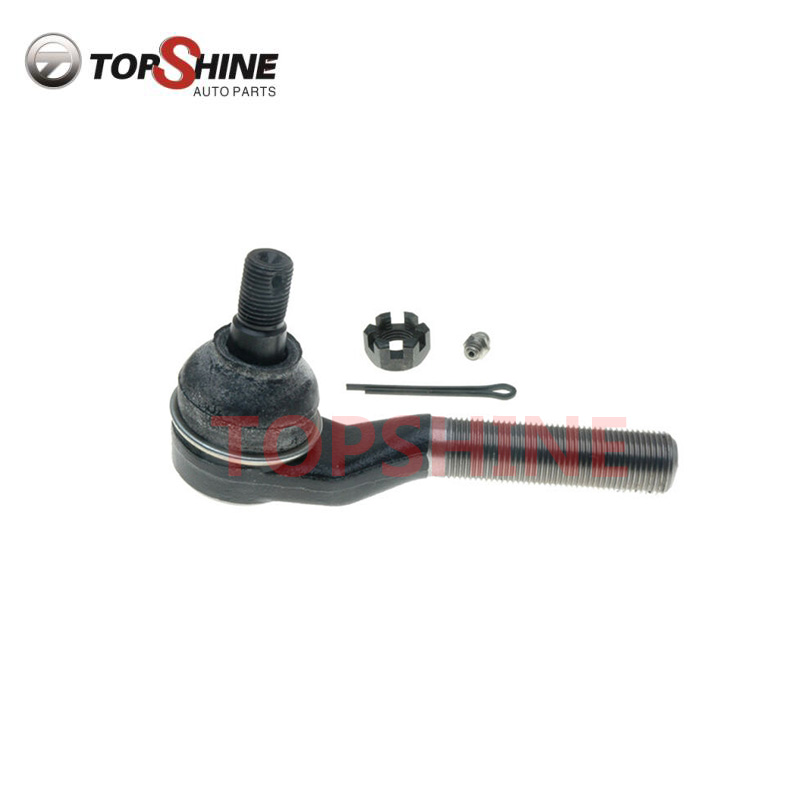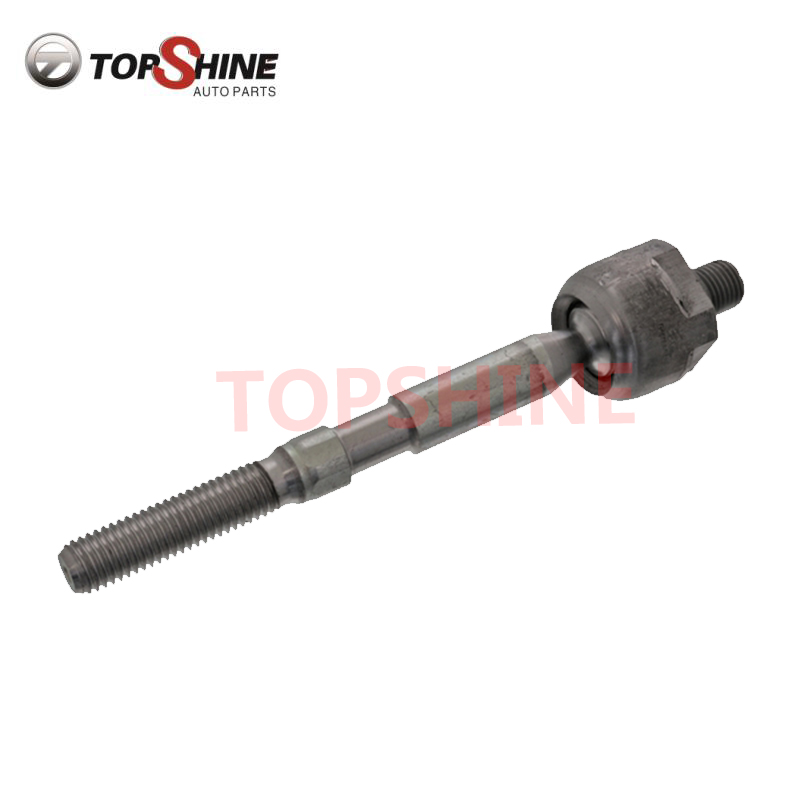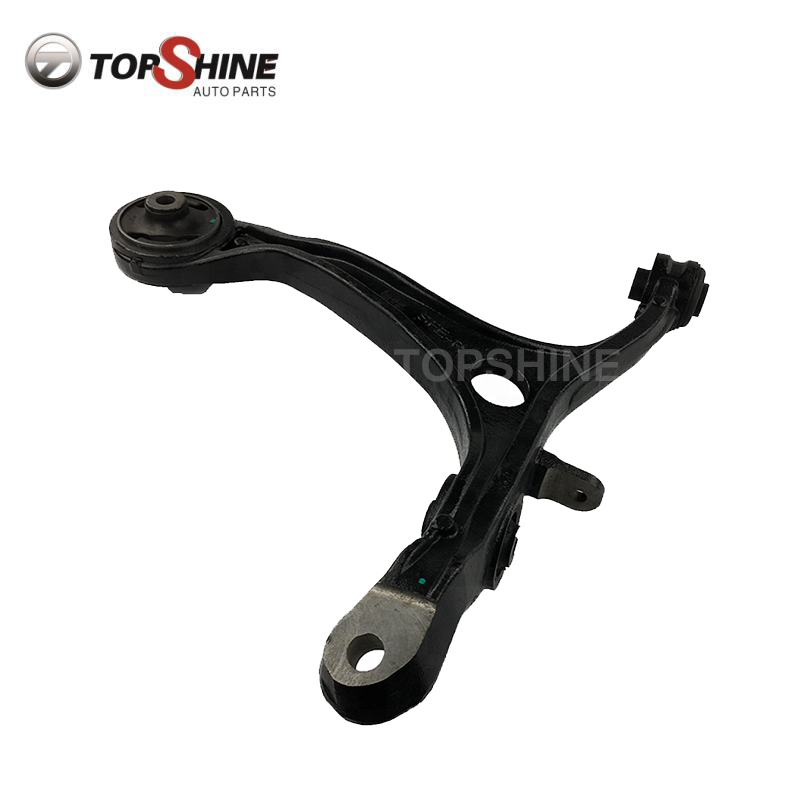Car Auto Parts Suspension Bushing - China Factory, Suppliers, Manufacturers
Resource Highlights In this article you will find out about suspension bushes: What is a suspension bushing? What are suspension bushes made of? Getting the balance right Why do suspension bushings fail? What are the signs that a suspension bush needs replacing? Why is it important to replace a suspension bush? Key points to consider Bushes play a pivotal role in the steering and suspension set-up of modern vehicles, allowing the suspension parts to move freely, whilst at the same time, absorbing noise, shocks and vibration. Since a worn or damaged bush will negatively impact these functions, it’s important to inspect them regularly and replace whenever necessary. Here we give you the full picture on automotive bushes; what they do, how they’re made and why and how they fail, so on your next steering job you can be sure to get straight to the point. What is a suspension bushing? To do its job, a car’s suspension must move up and down. Whilst this a good thing for the vehicle’s ride and handling, this movement can also transmit unwanted noise and vibration through the chassis and into the cabin. Cue the suspension bush! Used in steering and suspension parts, such as control arms, stabilizer bars, ball joints, tie rods, shock absorbers and strut mounts, chassis connection points and engine and gearbox mounts, it provides a location point, connecting other parts of the system together or to the vehicle chassis. Just as importantly, it acts as a cushion, controlling the amount of movement in the joints and reducing road noise, vibration and harshness (NVH) for a more comfortable and safe ride.
Related Products
